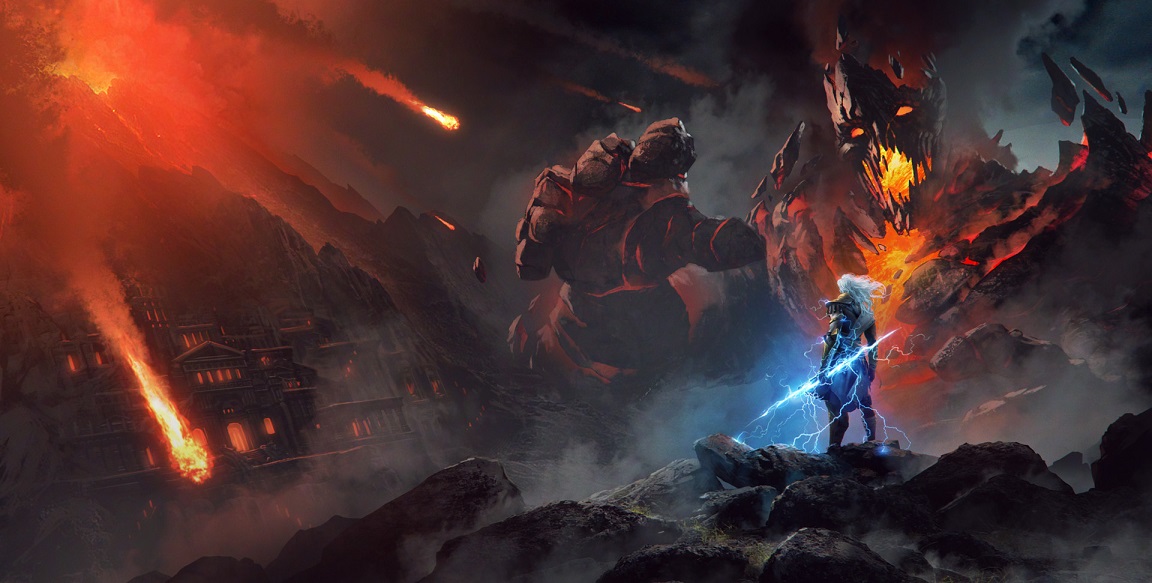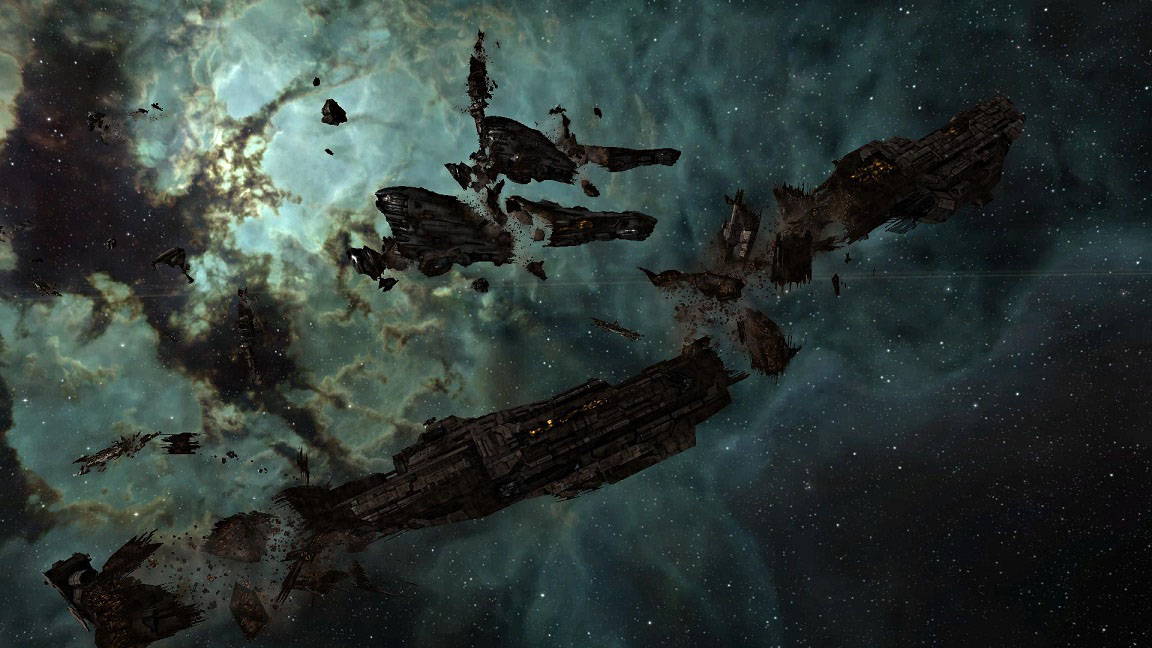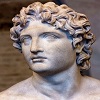Gorgo Aix
In Greek mythology, the Gorgo Aix was said to have been a monstrous goat that Zeus fought during the Titanomachy, the ten year war between the Titans and Zeus.
In antiquity there were several poetic works dealing with the Titanomachy, including a work titled Titanomachia, but today, there is but one surviving text that deals with the uprising, and that is to be found in Hesiod’s Theogony.
This had meant there are only sparse details available concerning the conflict and as a result there is little detail about the Gorgo Aix.
According to Pseudo-Hyginus it is said the Gorgo Aix was a child of the sun god Helios, a second generation Titan; but in works attributed to Hyginus, Fabulae and Poeticon astronomicon, Helios is named as father, but so is Typhon, in combination with Echidna.
The name Gorgo Aix is normally translated as "terrible goat", giving rise to the imagery of a monstrous goat, and yet this terrible goat has also been described in terms of a fire-breathing serpent, and so an alternative translation of Gorgo Aix can be used, this being “fierce storm”.
The Gorgo Aix was of indeterminate sex, being described in both male and female terms, and although referred to as “her” in many cases, was also described as being father to the Gorgons, by Ceto; although the father of the Gorgons is more often quoted as being Phorcys.
The Gorgo Aix was said to be hideous in appearance, at least the head of the goat was hideous, and prior to the Titanomachy, the Gorgo Aix was said to have been hidden away in a cave on Crete by Gaia.
The Gorgo Aix appears early in the Titan war, where it was said that the monstrous goat had allied itself with the Titans, the ruling deities. Thus the Gorgo Aix immediately became an enemy of Zeus, who was leading the rebellion against his father, Cronus.
There are no details told of the fight between the Gorgo Aix, but suffice to say that the Gorgo Aix was killed by Zeus. Zeus was then said to have skinned the goat, using the skin as the basis for his aegis. The aegis of Zeus is normally considered to be a shield, although some have suggested that it was more akin to armour worn than a shield.
There is an alternative view which says that the Gorgo Aix was not killed because it was allied with the Titans, but was instead a target for Zeus, because of a prophecy which required him to use the skin of the Gorgo Aix as a shield, or else he would be unable to win the war.
Some then tell of the likeness of the slain Gorgo Aix being placed amongst the stars as the constellation Capra, the Goat. The rising of this constellation would occur at the same time of seasonal storms, linking back to the alternate name of the Gorgo Aix, Fierce Storm.
At the same time, it has to be said that other goats from Greek mythology are linked to the constellation Capria, including Amalthea, or the goat of Amalthea, and Aix, the goat wife of Pan.

Sources
Homer. Iliad.
Homer. Odyssey.
Hesiod. Theogony.
"Shield of Heracles" in Theogony)
Pseudo-Apollodorus. Bibliotheca. 2.2.6, 2.4.1, 2.4.2.
Ovid. The Metamorphoses.
Virgil. Aeneid.
Pseudo-Hyginus. Astronomica.
Polyeidos. Fragment 837.










